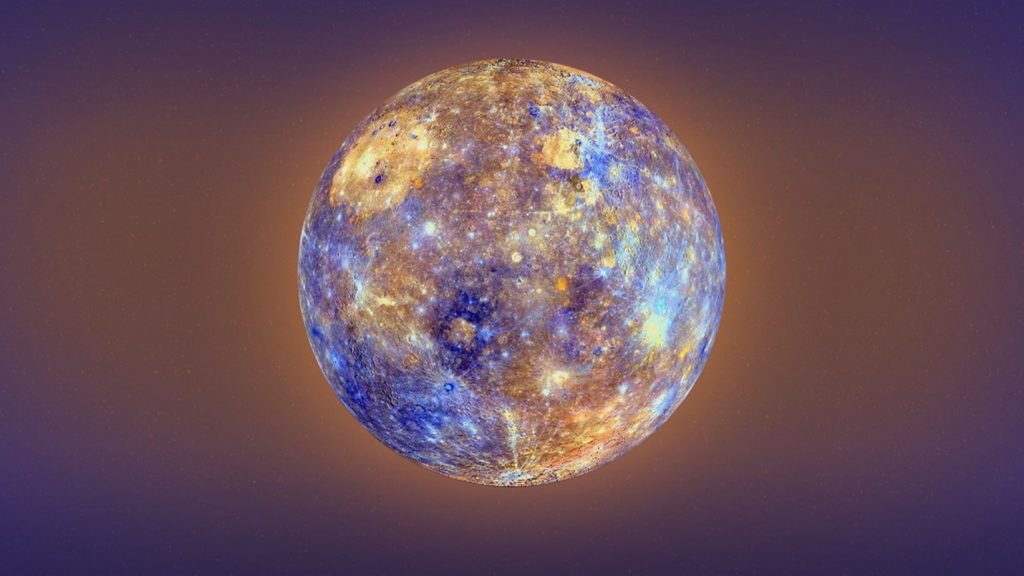Linux and the Planet Mercury
Since Linux began more than 30 years ago, it has been instrumental in space and planetary research. There is truly a connection between Linux, space research, and the solar system. Let’s start with the planet closest to the Sun – Mercury.

The planet Mercury is characterized by extreme temperature swings due to its proximity to the Sun and lack of atmosphere. Yet, the openness and adaptability of Mercury’s environment has persevered under intense conditions. Maybe a stretch but work with me here: that openness and adaptability is also the open source philosophy, with the Linux source code freely available and can be modified and redistributed by anyone.
Some ancient civilizations, such as the Mayans, used the movements of Mercury to develop calendars. By observing Mercury’s appearances and disappearances, they could track time and mark important events. Despite its significance in history, less than half of Mercury’s surface has been imaged and explored. NASA’s Mariner 10 mission to Mercury was conducted way back in the 1970s, before Linux even existed. But the NASA MESSENGER (MErcury Surface, Space ENvironment, GEochemistry, and Ranging) mission to Mercury did utilize Linux. It orbited Mercury from 2011 to 2015 and relied on Linux-based software for various functions and operations. Linux was chosen for its stability, flexibility, and open-source nature, which allowed the mission’s engineers to customer and optimize the software to meet the specific needs of the mission.
The MESSENGER mission provided valuable insights into the geology, composition, and magnetic field of Mercury, significantly expanding our knowledge about the planet. Both Linux and the scientific community studying Mercury have vibrant and diverse communities of enthusiasts, contributors, and researchers. Linux has a large community of developers and users worldwide who collaborate to improve and maintain the operating system. Likewise, the scientific community studying Mercury consists of astronomers, physicists, and researchers who work together to understand the planet and various aspects.
The planet Mercury was named after the Roman god of commerce, travel, and communication. Linux is the most popular operating system across those very industries, addressing the regulations of retail, the complexities of travel and transportation, and the IoT/Edge needs of communication.
The Caloris Basin is one of the most prominent features on Mercury’s surface, which is one of the largest impact craters in the solar system. It measures about 960 miles (1,550 kilometers) in diameter. It was formed by the impact of a large asteroid billions of years ago. In studying asteroids, or Near-Earth Objects, that surround Earth, NASA also uses Linux at their Ames Research Lab in California on their Pleiades supercomputer. By cataloguing and tracking the larger NEOs, developing a plan in case one of them comes too close for comfort, and studying the affects of past asteroids that have struck the Earth – NASA hopes to minimize the impacts and even prevent NEOs from entering our atmosphere. This worldwide research is celebrated and expanded every June 30th, deemed “International Asteroid Day”.
Linux in space and planetary research has become essential, with wide usage in space missions due to its reliability and ability to withstand the harsh conditions of space.
Jeff Reser
Related Articles
Mar 26th, 2024
How Public Cloud Adoption Enables Increased IT Automation
Jul 11th, 2022
Why choose an Enterprise Grade OSS?
Oct 13th, 2023